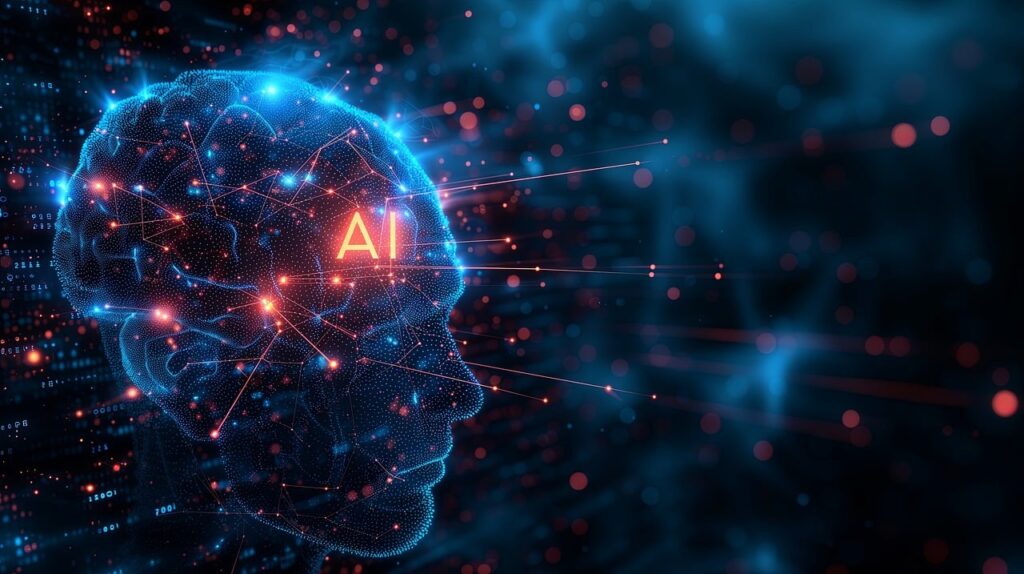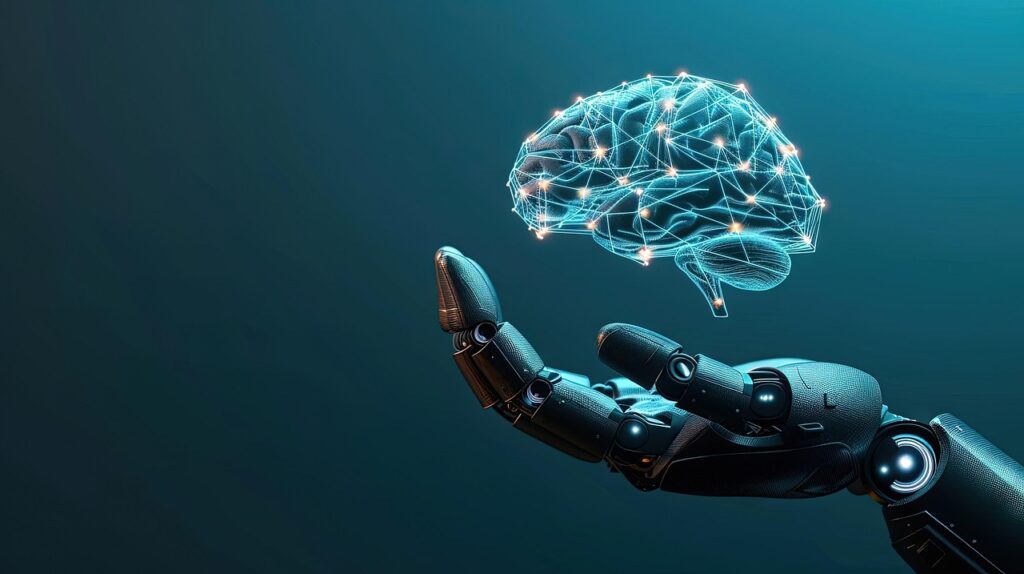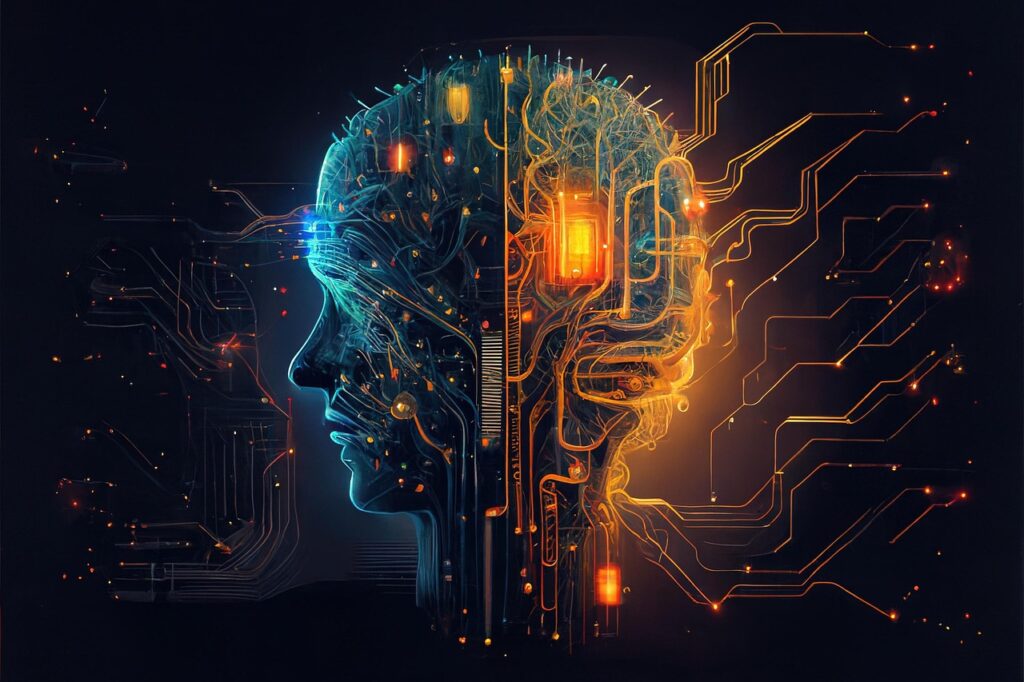
What is an AI?
Introduction to Artificial Intelligence
An explanation of artificial intelligence
Artificial intelligence (AI) is the process of giving machines human-like ways of thinking, learning, and making decisions. Fundamentally, artificial intelligence (AI) is the study of developing intelligent systems that can carry out tasks without explicit programming.
Examples of artificial intelligence (AI) include your smartphone identifying your face or your car alerting you before an accident.
However, AI is more than just science fiction and robotics. It includes chatbots, Netflix recommendation engines, voice assistants like Siri and Alexa, and even email spam filters.
These intelligent systems mimic human intelligence to solve problems, spot patterns, and adapt to new situations.
AI’s capacity to learn from data is what makes it so beautiful. AI systems learn from experience, in contrast to traditional software that has a predetermined course.
They get smarter the more data they have. Because AI is examining your choices and activity, your YouTube recommendations appear to understand your tastes better every day.
The Development of AI Over Time

AI wasn’t created overnight. Its journey started in the 1950s when scientists began to envision “thinking” machines. John McCarthy originally used the term “artificial intelligence” during a symposium held at Dartmouth College in 1956. This occasion officially launched the research of artificial intelligence.
There was a lot of enthusiasm and audacious forecasting in the early years of AI. To solve puzzles and play games like chess, researchers created simple programs. However, there was little advancement at the time due to slow computers and a lack of data.
As computing power increased in the 1980s and 1990s, artificial intelligence entered a new era. Inspired by the human brain, neural networks began to gain popularity. But AI didn’t really take off until the 2010s. Why? Because we now have smarter algorithms, quicker processors, and huge data.
AI is pervasive today. AI has left labs and entered our daily lives, as evidenced by Google Translate and Tesla’s self-driving capabilities. And we have only just begun. With the development of technology, AI has the potential to transform entire industries, improve people’s lives, and even change the way we work and communicate.
If you want to help with this, click on this link.
Fundamental Ideas in AI

Deep Learning and Machine Learning
The core of AI is machine learning, or ML. It is the method by which computers pick up knowledge from data without explicit programming. You give a computer a lot of information and let it figure things out on its own, rather than giving it detailed instructions.
Consider displaying to a computer thousands of images of dogs and cats. It eventually gains the ability to differentiate between the two.
The term “deep learning” refers to a unique type of machine learning that makes use of multi-layered neural networks. It simulates how information is processed in the human brain.
This technology powers voice assistants, facial recognition, and natural language processing. Advances in image identification, medical diagnoses, and even AIs that play games like AlphaGo have all been made possible by deep learning.
When combined, these technologies enable AI to see trends, anticipate outcomes, and learn from past mistakes. It’s how Google Photos can locate your dog among hundreds of photos and how Netflix knows what you want to watch next.
An explanation of neural networks Just
Similar to the neurons in your brain, a neural network can be thought of as a vast network of interconnected nodes. A little amount of data is processed by each node before being sent to the following tier. There are hidden layers that perform the thinking, inputs (like a picture), and outputs (like “that’s a cat”).
By changing the “weights” of the connections between nodes, these networks are able to learn. Rewarding good behavior and discouraging bad behavior is similar to teaching a pet. The network improves its ability to make precise decisions or predictions over time.
Images, sounds, and text are examples of unstructured input that traditional programming finds difficult to handle, but neural networks excel at handling them. They are the brains behind everything from your phone’s autocorrect to medical image-based disease diagnosis.
AI Types
General vs. Narrow AI
The type of AI we now have is narrow. It is made to do a certain job, such as operating a car, recognizing people, or suggesting music. It has no idea about anything else but is extremely intelligent at that one thing. While Siri can respond to inquiries, it is unable to do dishwashing.
However, general artificial intelligence is the stuff of science fiction. Like a human, this computer is capable of understanding, learning, and applying intellect to a variety of activities. Although we haven’t reached it yet, researchers are working toward it.
Therefore, when individuals use the term “AI,” they typically imply restricted AI. It is effective, strong, and already transforming the globe.